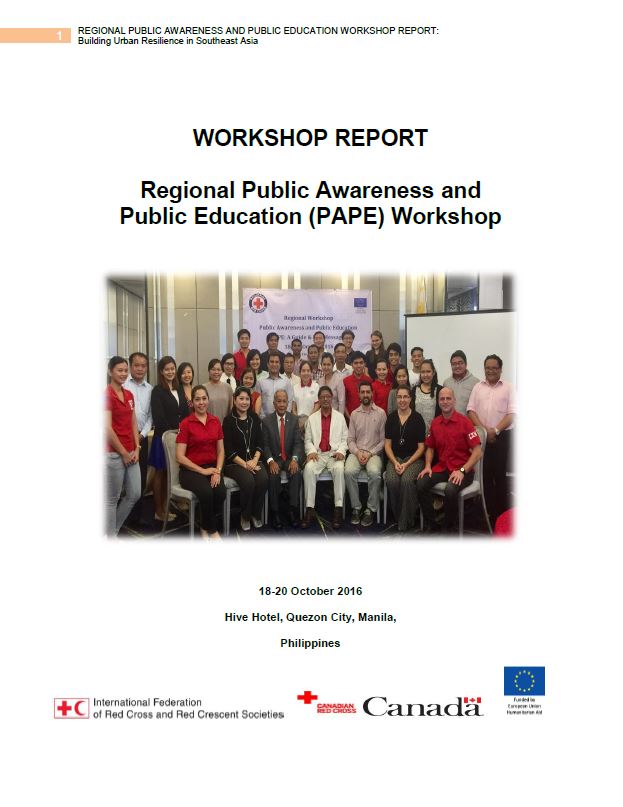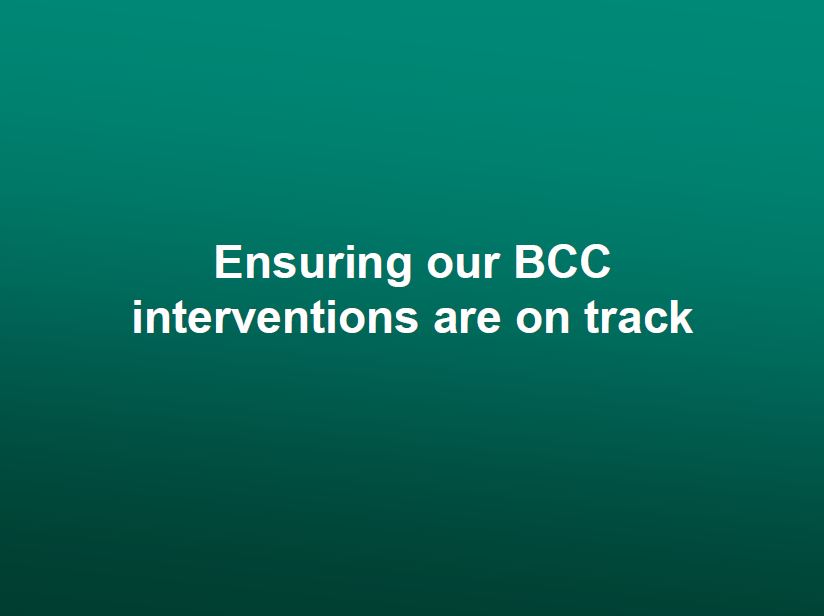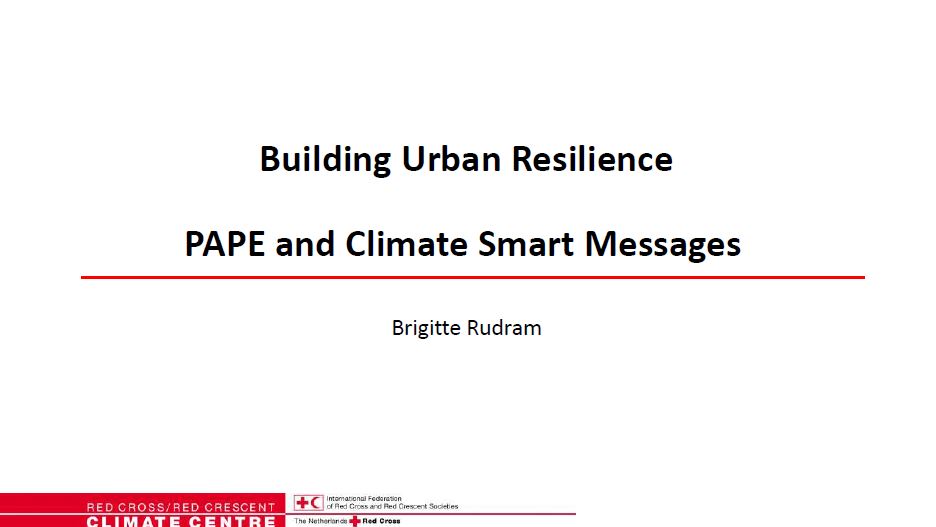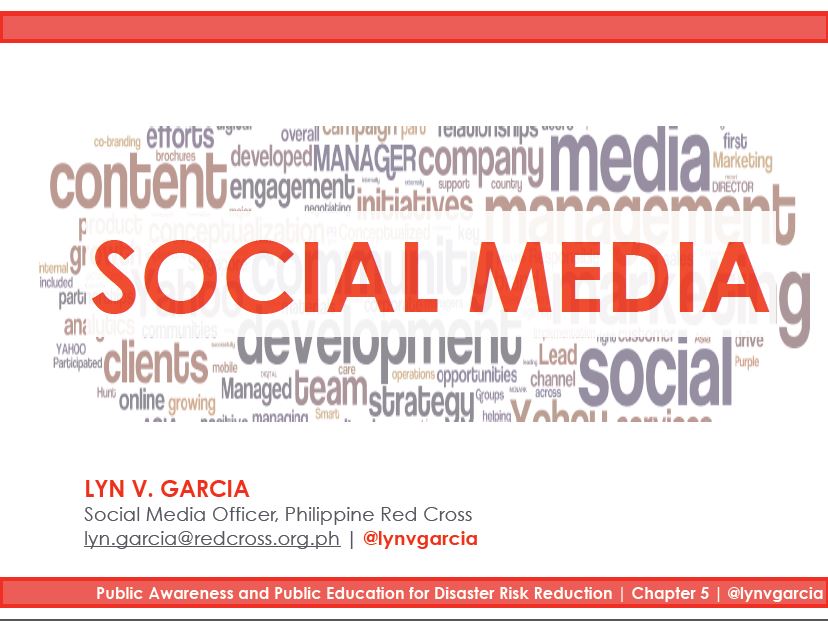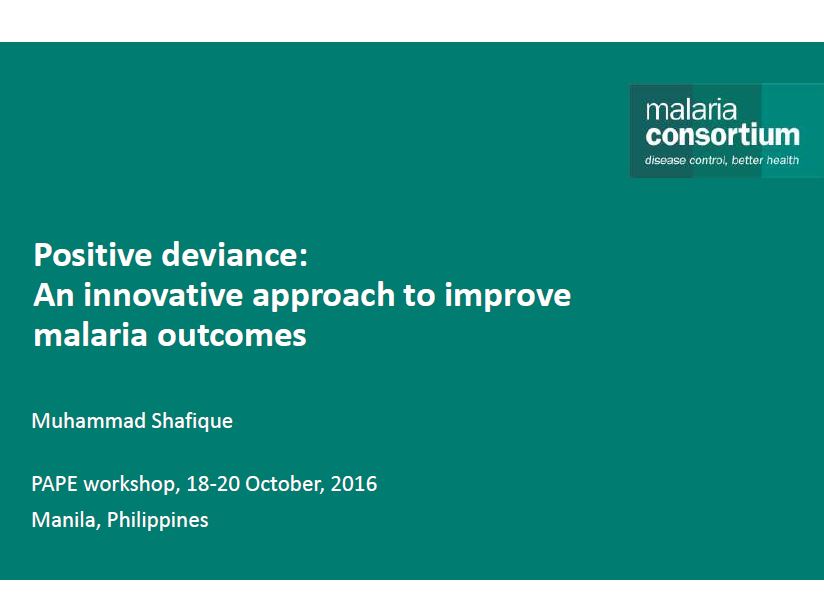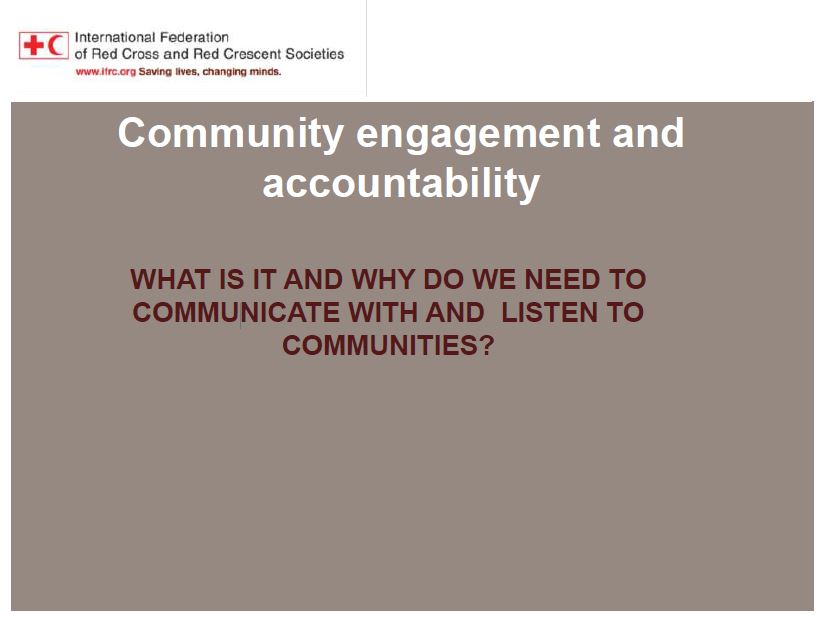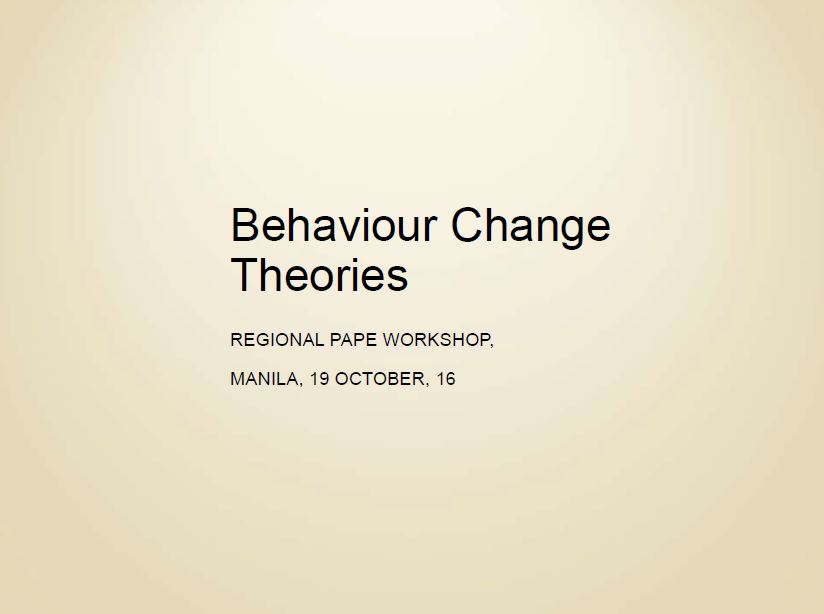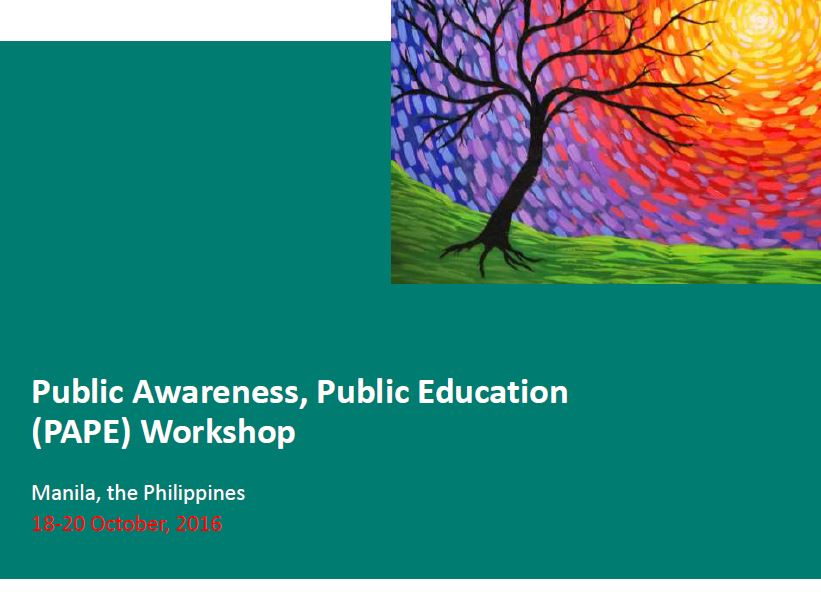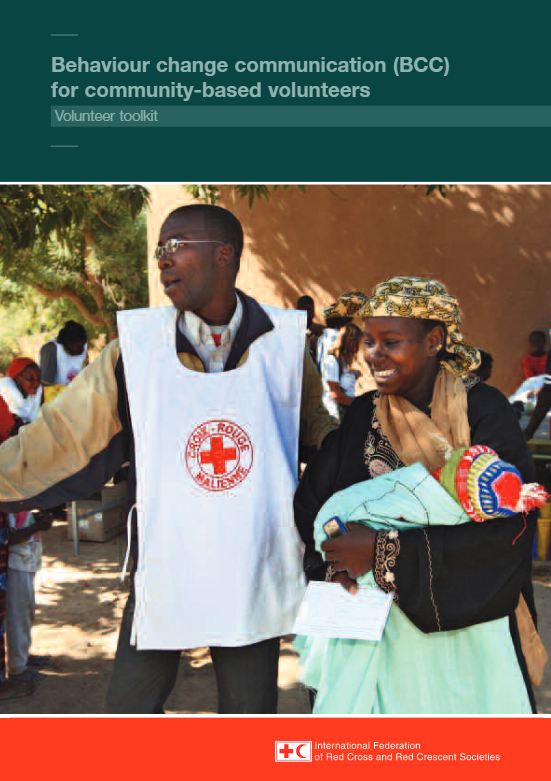Regional Public Awareness and Public Education (PAPE) Workshop Report
Purpose:
This workshop report is an output of the Regional Public Awareness and Public Education (PAPE) Workshop that was held on 18-20 October, 2016 in Quezon City, Manila, the Philippines.
The proceeding report was documented by the facilitators team which was composed of the specialist on Behaviour Communication Change in Southeast Asia, Philippine Red Cross – Social Media Officer, Red Cross Climate Centre (RCCC) – Climate Change Specialist, IFRC Community Engagement Officer and IFRC Regional Project Manager – Building Urban Resilience in Southeast Asia Project. Besides, the report is useful for participants who attended the 3-day Training of Trainer Workshop as the expected objectives. All participants were expected to facilitate and roll out the PAPE handbook and tools in their countries i.e. Philippines, Vietnam, Cambodia and Lao PDR.
Overview:
The following are the technical recommendations made during the workshop:
- A regional refresher training (plus follow up workshop) of the PAPE staff should be conducted to refresh their knowledge, understand the progress and address the issues/challenges of the project during June – July 2017.
- The cascade training should be monitored and supervised to provide the required support to the facilitators to ensure the quality of the training. At least 3 facilitators should conduct the trickle down training in their concerned countries in the local language.
- A trickle down training of PAPE should be conducted in all target countries to train the staff/community volunteers in the communication and facilitation skills, PAPE messages to ensure the quality of intervention.
- The country teams should conduct a formative (qualitative) research (along-with the KAP survey) to understand the community’s existing behaviors, attitude, preferred communication channels in order to develop a well-informed PAPE strategy on urban resilience/DRR.
- The PAPE (BCC) messages and materials should be revised and/or updated based on the formative research. The stages of change theory should be considered while developing the key messages to better address the stages of change of the target audience.
- Focused and simple IEC/BCC materials should be developed based on the need of the volunteers and community. Poster, pamphlet and flip chart with consistent messages will be effective to educate the target audiences. No need to develop ten types of materials, it confuses community (less is more).
- Attractive IEC/BCC materials such as games, story books, fans (with messages) should be developed to increase the interest of the communities in PAPE and also the IEC messages and materials should be develop with the community (in the field) to ensure the ownership and acceptance of the community in PAPE interventions.
- Caps, T-shirts, bags should be developed to motivate the volunteers on quarterly basis. Only one item per time should be given to volunteers to increase motivation and commitment.
- Community should be considered as ‘active partners’ and should be actively engaged in the project cycle of PAPE to develop and strengthen their ownership in the project.
- Regular meeting mechanism with the village volunteers should be developed (on monthly or bi-monthly basis) to follow up on the progress and provide supportive supervision to improve the interventions.
Usage: Guidance for implementation/training
Audience: National Society staff and volunteers
![]()
Monitoring and evaluation for BCC: Ensuring our BCC interventions are on track
Purpose and overview:
The powerpoint presentation aims to describe and share the monitoring and evaluation of PAPE/BCC activities/campaigns/materials
Usage: Guidance for implementation
Audience: National Society staff
See also:
- Introduction to Behavior Change Communication (BCC) (see the powerpoint presentation)
- Linkage to PAPE (see the powerpoint presentation)
- Key Approaches in PAPE (see the powerpoint presentation)
- Key messages / How to develop effective and consistent messages (see the powerpoint presentation)
- Theories of behavior change (see the powerpoint presentation)
- Community Engagement Approach (see the powerpoint presentation on community participation and community engagement and accountability)
- Innovative PAPE/BCC strategies: Orientation to positive deviance (Conceptual game and story) | Use of social media to reinforce PAPE campaigns | PAPE and climate-smart messages
![]()
PAPE and Climate Smart Messages
Purpose:
The powerpoint presentation discusses about:
- Resilience as an integrated approach
- Relevance of climate change in urban DRR
- PAPE and climate smart participatory approaches
- PAPE approaches to communicating climate change
Overview:
The presentation discusses about community participatory methods, making community risk reduction plan climate smart, etc.
Climate Change and PAPE design: When to talk about climate change?
- Climate change is not always relevant to all urban contexts
- Putting too much emphasis on climate change can lead to people attributing all their problems to climate change!
- Even when climate change is an issue, it may not be appropriate to go into much detail
- Participatory methods of PAPE approach are key
Usage: Guidance for implementation
Audience: National Society staff and volunteers
See also:
- Introduction to Behavior Change Communication (BCC) (see the powerpoint presentation)
- Linkage to PAPE (see the powerpoint presentation)
- Key Approaches in PAPE (see the powerpoint presentation)
- Key messages / How to develop effective and consistent messages (see the powerpoint presentation)
- Theories of behavior change (see the powerpoint presentation)
- Community Engagement Approach (see the powerpoint presentation on community participation and community engagement and accountability)
- Innovative PAPE/BCC strategies: Orientation to positive deviance (Conceptual game and story) | Use of social media to reinforce PAPE campaigns
- Monitoring and evaluation of PAPE campaign (see the powerpoint presentation)
![]()
Use of Social Media to Reinforce PAPE Campaigns
Purpose:
The Powerpoint presentation aims to describe about the use, the significance, advantages and disadvantages of using social media in behavior change communication (BCC) as well as in disaster.
Overview:
Advantages of using social media includes:
- Low overhead cost leverages largescale distribution channels such as Facebook and Twitter
- Shareable — engages volunteers, and uses word-of-mouth and reputation to snowball
- Has the power to drive traffic to other resources, such as campaign sites, webpages, blogs and articles
- Enables regular communication, which builds relationships
- Enables short messages to be pushed regularly, in bite-sized chunks
Disadvantages of using social media includes:
- Content must be updated regularly
- Needs feedback system to interact with audience
- Needs to keep pace with technology
- Requires commitment of time and creativity
Usage: Guidance to implementation
Audience: National Society staff
See also:
- Introduction to Behavior Change Communication (BCC) (see the powerpoint presentation)
- Linkage to PAPE (see the powerpoint presentation)
- Key Approaches in PAPE (see the powerpoint presentation)
- Key messages / How to develop effective and consistent messages (see the powerpoint presentation)
- Theories of behavior change (see the powerpoint presentation)
- Community Engagement Approach (see the powerpoint presentation on community participation and community engagement and accountability)
- Innovative PAPE/BCC strategies: Orientation to positive deviance (Conceptual game and story) | PAPE and climate-smart messages
- Monitoring and evaluation of PAPE campaign (see the powerpoint presentation)
![]()
Positive Deviance
Purpose:
The powerpoint presentation aims to introduce the concept of positive deviance (PD), objectives, process, implementation, evaluation, key findings, challenges, lessons learnt.
Overview:
Below are the key findings attributable to positive deviance intervention in malaria prevention project:
- Increase in behaviour change communication (BCC) coverage
- Increased knowledge
- Improved attitudes
- Improved practices
- Impact on key behavior
Lessons learned:
- Strong community mobilization tool: Positive deviance engages community through out the process which develops strong sense of ownership
- Effective interpersonal communication tool: An effective alternative to traditional BCC methods for hard-to-reach populations
- Fills in the formative research gap: PD process helps understand context, normative behaviours which enables us to develop tailored communication strategies
- Build capacity and leadership in volunteers: PD approach provides on-job training opportunities to volunteers which boost their confidence, increase motivation and ensure their retention
Usage: Guidance for implementation, training materials
Audience: National Society staff and volunteers
The document is produced by IFRC consultant who makes reference to materials and the successes of Malaria Consortium.
See also:
- Introduction to Behavior Change Communication (BCC) (see the powerpoint presentation)
- Linkage to PAPE (see the powerpoint presentation)
- Key Approaches in PAPE (see the powerpoint presentation)
- Key messages / How to develop effective and consistent messages (see the powerpoint presentation)
- Theories of behavior change (see the powerpoint presentation)
- Community Engagement Approach (see the powerpoint presentation on community participation and community engagement and accountability)
- Innovative PAPE/BCC strategies: Use of social media to reinforce PAPE campaigns | PAPE and climate-smart messages
- Monitoring and evaluation of PAPE campaign (see the powerpoint presentation)
![]()
Community Engagement and Accountability : A Powerpoint presentation
Purpose and overview:
The presentation aims to understand:
- What and why doing community engagement
- When and how to operationalize community engagement
- Highlighting some examples
Usage: Guidance for implementation
Audience: National Society staff and volunteers
See also:
- Introduction to Behavior Change Communication (BCC) (see the powerpoint presentation)
- Linkage to PAPE (see the powerpoint presentation)
- Key Approaches in PAPE (see the powerpoint presentation)
- Key messages / How to develop effective and consistent messages (see the powerpoint presentation)
- Theories of behavior change (see the powerpoint presentation)
- Community Engagement Approach (see the powerpoint presentation on community participation)
- Innovative PAPE/BCC strategies: Orientation to positive deviance (Conceptual game and story) | Use of social media to reinforce PAPE campaigns | PAPE and climate-smart messages
- Monitoring and evaluation of PAPE campaign (see the powerpoint presentation)
![]()
Behaviour Change Theories
Purpose:
The presentation aims to discuss about the behavior change theories.
Overview:
Several theories according to different disciplines in explaining behavior:
- Stages of change model
- Social learning/social cognition
- Diffusion of innovation
Usage: Guidance for implementation, training materials
Audience: National Society staff and volunteers
See also:
- Introduction to Behavior Change Communication (BCC) (see the powerpoint presentation)
- Linkage to PAPE (see the powerpoint presentation)
- Key Approaches in PAPE (see the powerpoint presentation)
- Key messages / How to develop effective and consistent messages (see the powerpoint presentation)
- Community Engagement Approach (see the powerpoint presentation on community participation and community engagement and accountability)
- Innovative PAPE/BCC strategies: Orientation to positive deviance (Conceptual game and story) | Use of social media to reinforce PAPE campaigns | PAPE and climate-smart messages
- Monitoring and evaluation of PAPE campaign (see the powerpoint presentation)
![]()
Linkage PAPE
Purpose:
The presentation aims to explain the key steps to develop a strategy for public awareness and public education for disaster risk reduction.
Overview:
1. Why is the initiative so important? Situation analysis, Risk matrix
2. Who is the initiative aimed at. Identify target audience, How to segment your target audience
3. What could the initiative consist of? Knowledge to action, Steps in Behaviour Adoption
4. Who should we work with? Partnership
5. When and where is the initiative appropriate?
6. How will we approach the initiative?
7. What tools should we use?
8. What else do we need to consider? Key challenges in communication
Usage: Guideline for implementation
Audience: National Society staff and volunteers
The document was developed by IFRC’s consultant working at the Malaria Consortium.
See also:
- Introduction to Behavior Change Communication (BCC) (see the powerpoint presentation)
- Key Approaches in PAPE (see the powerpoint presentation)
- Key messages / How to develop effective and consistent messages (see the powerpoint presentation)
- Theories of behavior change (see the powerpoint presentation)
- Community Engagement Approach (see the powerpoint presentation on community participation and community engagement and accountability)
- Innovative PAPE/BCC strategies: Orientation to positive deviance (Conceptual game and story) | Use of social media to reinforce PAPE campaigns | PAPE and climate-smart messages
- Monitoring and evaluation of PAPE campaign (see the powerpoint presentation)
![]()


